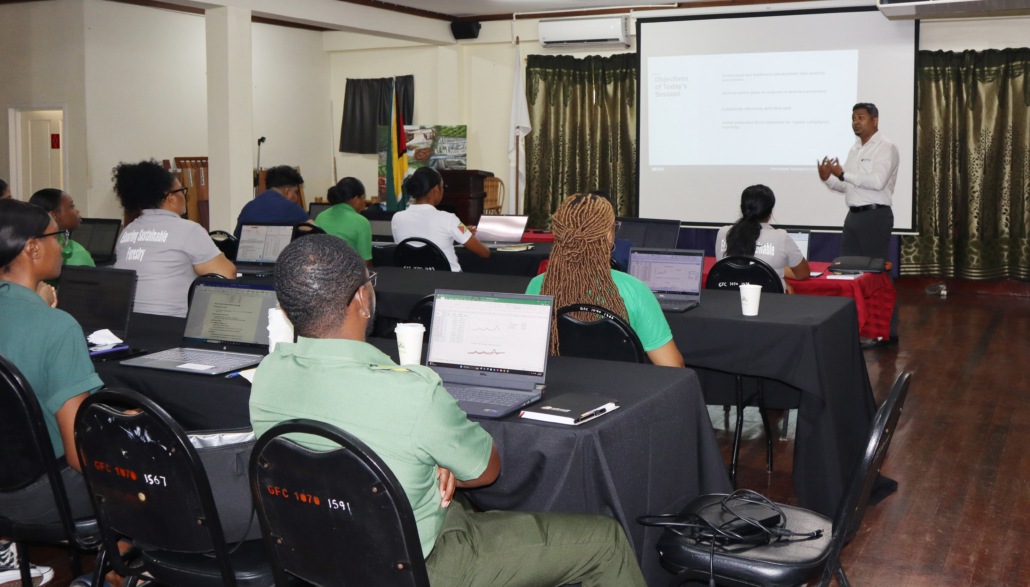Guyana receives equipment to support EU FLEGT programme implementation
The Ministry of Natural Resources and the Guyana Forestry Commission (GFC), in collaboration with the European Union, officially received a range of equipment on Wednesday, including vehicles and IT items, as part of the EU Forest Law Enforcement, Governance and Trade (FLEGT) programme.
The acquisition of these items is a significant step towards implementing activities under the European Union Voluntary Partnership Agreement (EU FLEGT VPA), which Guyana signed with the EU in 2022. This partnership aims to strengthen forest governance and promote sustainable forestry practices in the country.
The GFC, alongside the FLEGT Secretariat, is tasked with executing the implementation process. This includes collaborating with forest sector operators and other government agencies to ensure compliance with the legality definition outlined in the agreement. The ultimate goal is to prepare for the issuance of FLEGT licences by 2026, or as soon as feasible.
The receipt of this equipment marks an important milestone in Guyana’s efforts to enhance its forestry sector and align with international standards for sustainable resource management.
Source: Guyana Chronicle


